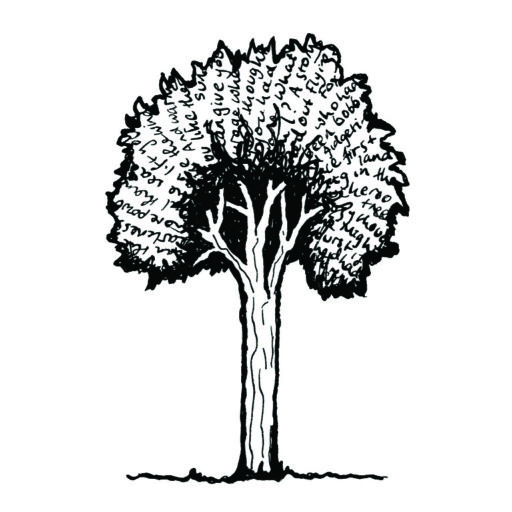The first showbag at the very first Ekka was a bag of coal. That was in 1876, and some things still haven’t changed. But let me explain to non-Queenslanders: the ‘Ekka’ is what locals call the Royal Queensland Show, the largest agricultural show in the State. Last year, I didn’t go for the coal, I went to see the animals. This is what I found.
The young goats in the animal nursery ran about, seemingly oblivious to the noise and the crowds, darting here and there, ambushing the small children that carried handfuls of pellets. Velvety goat noses burrowed into small cupped hands, and gobbled greedily. Yellow goat eyes, with those strange horizontal pupils, blinked impassively, and looked for the next meal.
The dairy cows seemed indifferent, but maybe it was just their air of tolerance, docility, some might say stupidity. A cow that had plonked herself down within the reach of outstretched hands gradually got tired of the pawing procession. Tucked her head back along her massive brown flank in an attempt to get beyond the sticky fingers. Maybe she was not bright enough to get up and move. Maybe she was more or less resigned to her fate.
Piles of exhausted piglets slept in the off-limits area of the animal nursery. Chickens and ducks dozed with heads under wings. In another enclosed area, mothers and children and two excited teenage girls sat in a row while a woman handed out day-old chicks from a big white bucket, like alms into awaiting, supplicating hands. The air of religious ritual was somewhat shattered by the prolific use of cameras and smartphones held aloft to capture the moment. I wondered if they kept recycling the chicks, or had a steady supply of new ones.
In another corner was a display of sheep giving birth. A fluorescent-lit room was walled by large glass windows, on two sides, floor-to-ceiling on one. People pressed themselves against the glass as the ewes and lambs experienced the most intimate of moments. Newly minted lambs were folded neatly along the window and panting ewes stared out to the goggling masses. People perched on stepped seating, like a crowd at a football game, to watch the spectacle. Birth as entertainment, maybe as education. I idly imagined a dozen human mothers giving birth, in full view, before a crowd of gawping people who were eating fairy floss, grasping bundles of showbags and waving huge plastic inflatable baseball bats. A ridiculous comparison, some would say. But thought-provoking, nonetheless.
Later, in the poultry shed, it was nearing 5pm. The budgie cages were being covered. Ducks and chooks looked weary after another day of humans parading endlessly past their tiny cages. Judges pointing and prodding. The general public gawking, making silly noises, ridiculing the strange forms of bone and feather purposely fashioned by the whim of bird breeders. Taking endless photos. There was nowhere to hide, and nowhere to go. These birds would be on display, in cages hardly big enough to turn around in, for the entire show.
The eyes of many birds were closed now as they leaned against the bars of their cages. A little girl was crying because she wanted to take a particular duck home, but couldn’t. I didn’t blame her. I wanted to take them all home.
I was once called a ‘weak-minded woman’ by my ranger boss when I expressed my concern about the welfare of animals. But I think it’s important to try to think objectively about practices involving animals that have been handed down with little thought, for generations. And to be doubly wary where money is involved. We might never really know how animals feel. And some people will probably always doubt the link between Queensland coal and climate change. But if we take action now, and still end up being wrong about these things, we’ll still be better off. For a world nurtured with compassion and care will be a far better place to live in than one considered primarily as a resource for making money.




We marvel, at times, at how quickly the world is changing, but in some ways we are still well and truly entrenched in the past.
Yep, it’s time to ditch the past and bring in the new. Every little action for compassion and care contributes to the critical mass we need for change to happen. A timely post Paula, thanks!
Thanks Dayna and Gail
Will it ever end – the exploitation of animals for entertainment and commercial gain? This was a great post, Paula and drew attention again to this central problem we can’t seem to rise above. I still remember so many happy experiences with my children and grandchildren when they visited the animal nursery. Thankfully these events are now better controlled and more caring of the animals than were were years ago, but we still have a long way to go.
Hi Mary, I think it’s vital for people of all ages to spend time with animals and nature. But since there are now so many people, how we do this without despoiling the environment and demeaning the animals is the tricky part. For many city kids (and adults) the Ekka and other animal nurseries might be the only opportunity they get to mix with farm animals. So in this way they are important. But when this sort of ‘animal experience’ is offered at big shows and at shopping malls doesn’t it just become another sideshow, another cheap thrill, squeezed in between the dagwood dogs and the bouncy castle? And if so, how could we do it better? I’m interested to hear what people think. Thanks for reading and commenting. Cheers, Paula